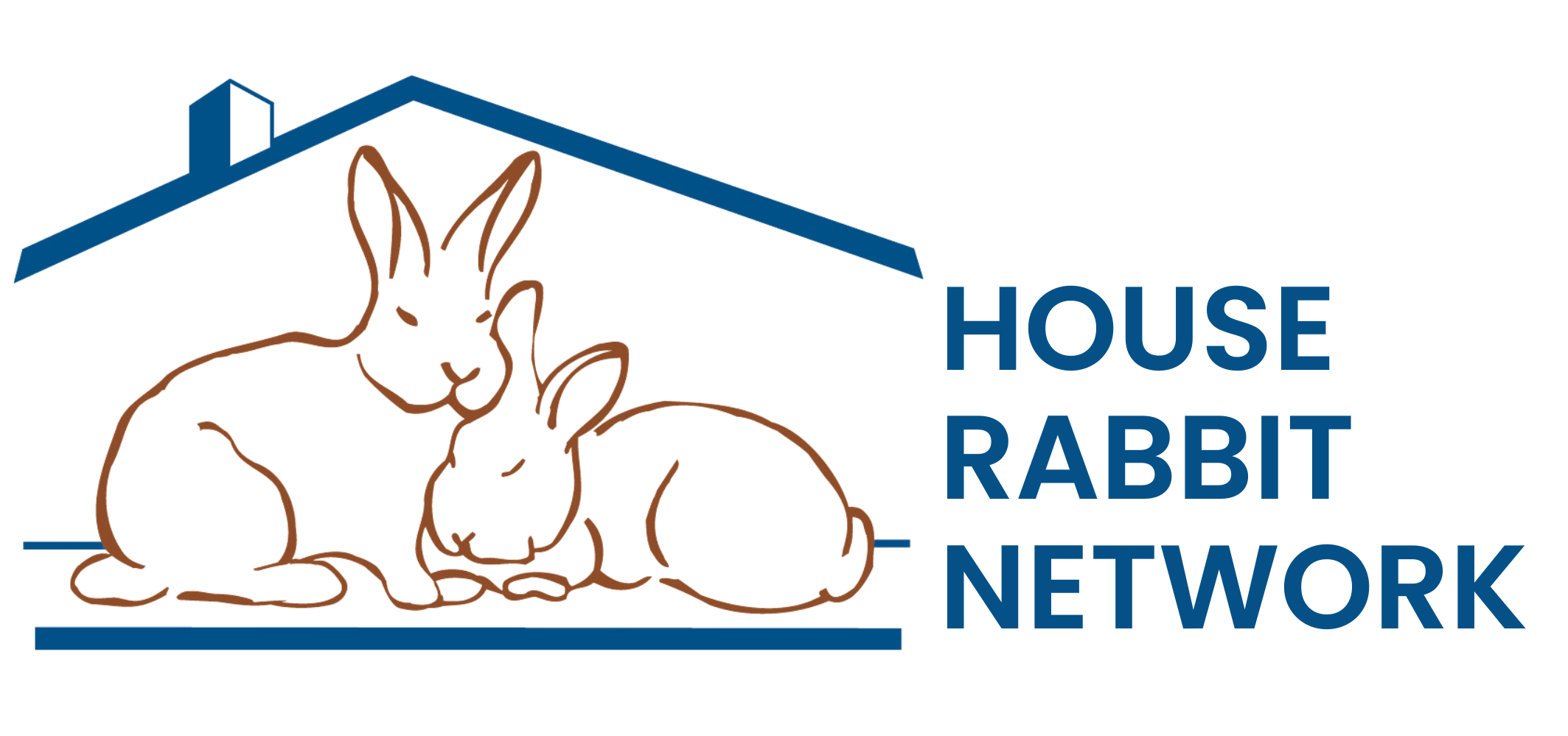Classroom Rabbits – Why Not?
Although many classrooms have “resident” bunnies, experience shows that these rabbits have a very short life span. Rescue groups across the country receive many calls during each school year from teachers wanting to “replace” a young (1-2 year old) classroom rabbit who has died; by contrast, a House Rabbit who is part of a loving family can often live 8-12 years. While our focus as animal rescuers is primarily on what is best for the bunnies, we also recognize that the death of a classroom pet is a traumatic experience for children.
While children as well as adults are often drawn to rabbits and they are common in classrooms, we encourage you to consider the following facts about rabbits that make them a poor choice for a classroom pet:
- Rabbits are easily stressed and do best in a quiet environment – few, if any, classrooms fit that description.
- Rabbits have small, fragile bones. They can be severely injured by unintentional mishandling. Rabbits have been known to break their backs struggling to escape from an inexperienced, but well-meaning, caretaker.
- Rabbits do not normally like to be picked up. Hawks and owls are their natural enemies, so rabbits have an instinctive fear of being lifted off the ground. A frightened rabbit is likely to bite or scratch a child (or adult) who tries to pick him up. Teachers and school officials should consider their potential liability for injuries caused by the rabbit as well as their responsibility for the animal’s well being.
- Rabbits need to be approached slowly, quietly, and confidently. An even better approach is to allow the rabbit to approach the human for attention. Children are naturally enthusiastic and tend to approach rabbits quickly, reaching their hands into the cage suddenly. Depending on the individual rabbit’s personality, this will either traumatize him or cause him to “protect” his territory by lunging at (and perhaps nipping) the child. Once they realize the rabbit is more likely to hide or struggle than cuddle with them, children typically lose interest in the rabbit.
- Rabbits need a primary caretaker with whom they will bond. They can become frightened, lonely, and depressed if separated from their caretaker. A rabbit who is left alone in a cage in a dark classroom can literally “die of a broken heart”. Classroom rabbits who rotate to different homes on weekends and over summer vacations will likely become fearful and insecure.
- Rabbits require consistent daily exercise in a safe, bunny-friendly environment. They love to (literally) get “under foot”. When a bunny is out playing, it is important for adults and children to move carefully and always watch where they step to avoid stepping on or kicking the bunny.
- Hay is the most important part of a rabbit’s diet. In addition to considering whether students might be allergic to the rabbit itself, teachers much also consider the possibility of allergies to hay.
- Rabbits are not “low maintenance” animals. Their diet should include a variety of fresh produce and they have very delicately balanced digestive and immune systems. Changes in diet, daily routine, or human interactions can upset this balance. Stress is a common factor in triggering illness in rabbits – and a classroom is a stressful environment for rabbits (and humans)!
- Rabbits are susceptible to many human diseases and are masters at hiding illness. Their primary caretaker needs to be deeply attuned to their normal behavior and to pick up on subtle changes in behavior that signal illness. Seemingly minor symptoms can escalate into life-threatening emergencies in less than 24 hours.
- Rabbits are considered “exotic” pets. Treatments commonly used for cats and dogs, such as oral penicillin, can be deadly to rabbits. Because they require special training, good rabbit veterinarians may be difficult to find, farther from your home, and more expensive than other veterinarians.
- Rabbits reach sexual maturity at four to six months of age. Sexually mature rabbits will exhibit behavior that is inappropriate for children. Aggression, “mounting” your arm, and/or spraying urine to mark territory will diminish after the rabbit is neutered or spayed. However, surgery will be more expensive for a rabbit than for a cat and it will still take several weeks for hormonal behavior to disappear completely.
What happens to a classroom rabbit at the end of the school year? Often they end up at the animal shelter. If the purpose of a classroom pet is to teach children about responsibility and care of another living creature, consider the lesson this actually teaches: pets are disposable and responsibility is something you can walk away from when it becomes inconvenient.
Instead of a “resident” classroom rabbit, an approach that has been successful across the country is for teachers with rabbits as part of their own household to take their rabbits to the classroom for occasional visits (always returning home at night). These short visits provide an opportunity to teach children care and respect for animals without placing undue stress on the rabbit. By choosing a time when both rabbit and children are healthy and by carefully supervising all interactions, these visits can be enriching for everyone involved.
Another option is available for teachers who are not ready to make a rabbit part of their family. Many rescue groups will come into a classroom and conduct a seminar about rabbits and rabbit care. Some have programs that allow your class to “sponsor” a rabbit in foster care. The class might receive a picture of the rabbit along with its history. Members could help provide food and toys for the rabbit they are sponsoring and even work to help find the rabbit a good home. This approach encourages the children to share what they have learned about rabbits with friends and family members, possibly making a positive difference for many rabbits in your area.
©Kathy Smith
